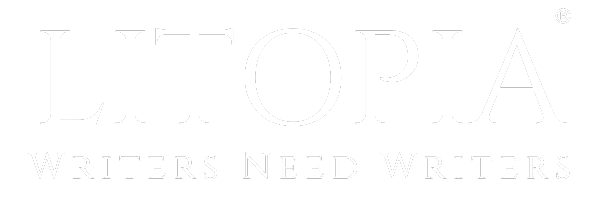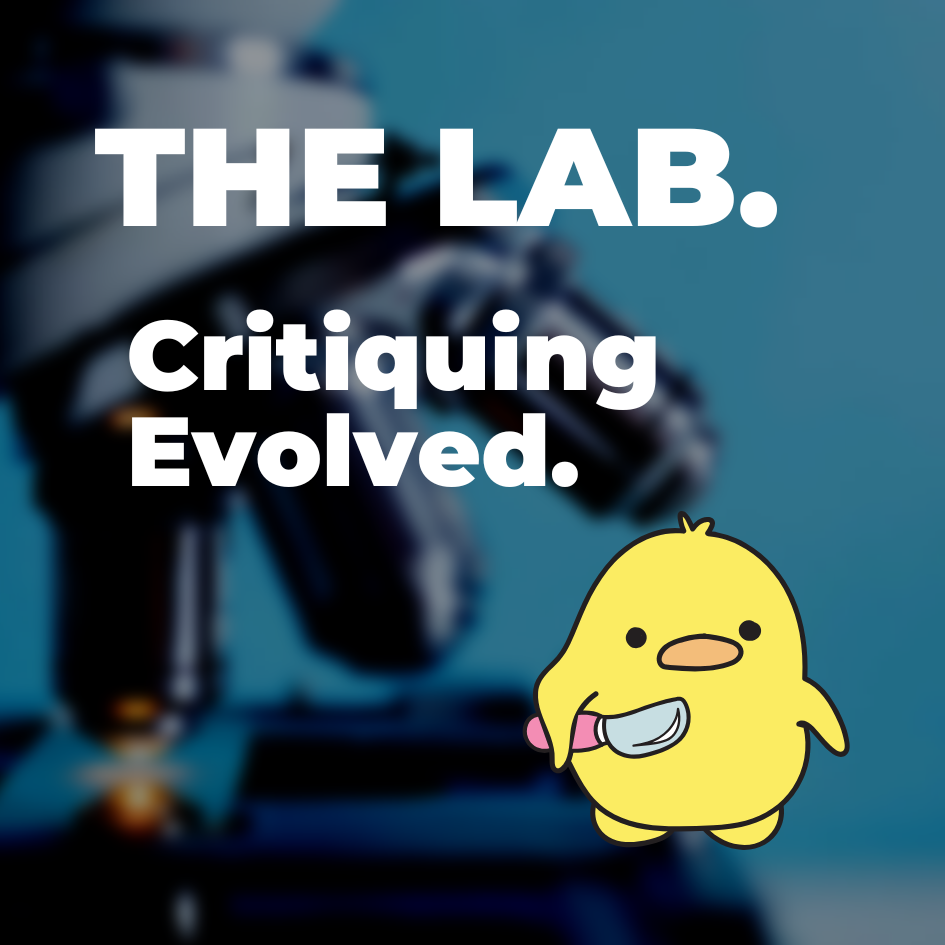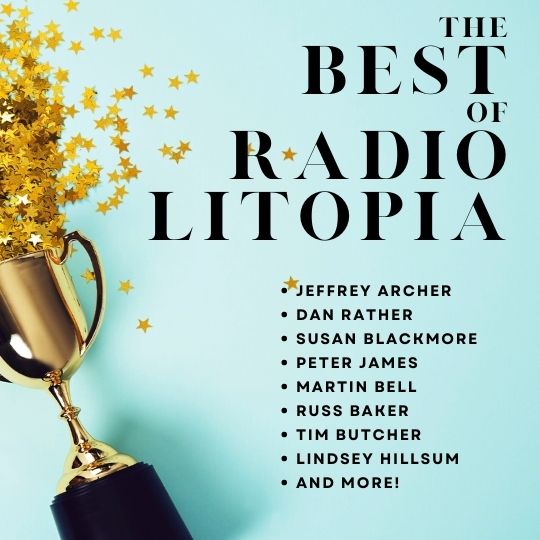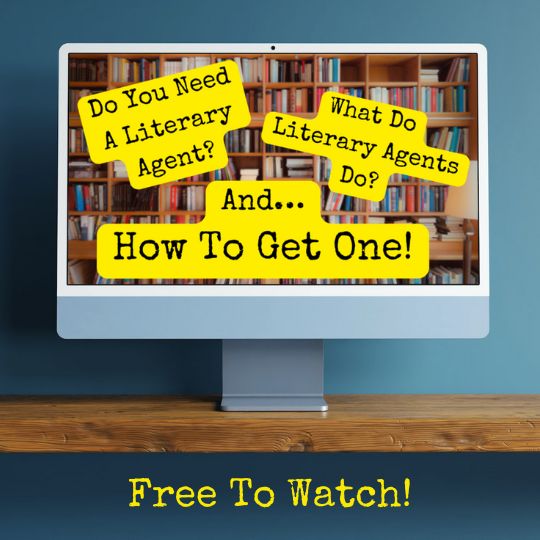Paul Whybrow
Full Member
This article, in the Guardian book section, about gender bias in children's stories, set me thinking about my own adult crime novels.Must monsters always be male? Huge gender bias revealed in children’s books
My protagonist detective is male, and of his nine regular 'sidekicks', five are male and four are female. I try to round out these supporting characters as much as possible, and, so far, the females' lives are more fully realised than the men. I've just started the fifth novel, and I realised that I need to bring a detective constable to the fore, as he's been neglected. There have been seven antagonist villains in four stories, and two of them were female murderers. This proportion is actually higher than real-life, in which it's estimated only 10% of murders are committed by women.
Political correctness is a nightmare to get right, whether it's to do with ageism, racism, sexism, sexual orientation, religion or politics itself. Trying to make a perfectly-balanced story, aimed at whatever reading age, with equal use of disadvantaged groups would probably look contrived. Think how daft classic novels would appear, should they be rewritten to conform to 21st-century politically correct standards.
Tokenism is always a risk, when attempting to do the right thing in telling a story. I have a particular problem, including characters of different ethnicities, in my Cornish Detective novels, for of the county's 556,000 population, 95.7% identified as White British at the last census. Nevertheless, I've included characters from France, Poland, Afghanistan, Australia, the U.S.A. and Serbia, and the second-in-command detective is of the Brahmin caste in India.
Even this use of different nationalities is open to criticism about bias, for half were strong and positive—detectives and a bar owner—while the rest had negative connotations, through being trafficked slaves and a serial killer. You can't get everything right all of the time: life isn't fair!
Examining my stories for imbalance and omissions, when I began Book 4 last year, I saw that I hadn't featured children very much, so I made a kidnapping victim an infant, knocked up the Indian detective's wife and had the lesbian detective get broody, looking to adopt an orphan from China. I was a busy boy!
Writing a story, especially for very young readers, where you're trying to teach lessons about how to behave decently, should rely on a pure narrative, which could be muddled by politically correct elements. A lot of fairy tales now appear politically incorrect, despite being cleaned up through history to adapt to changing attitudes, yet they still entertain and instruct children.
If you were creating a children's picture book, would the colour of the monster be a consideration? Black, brown, white, pink and yellow might be too sensitive a choice, open to misinterpretation, which maybe explains why monsters are vivid shades of blue, red, orange, green and purple!
How do you deal with bias in your stories?
Do you even think about it?
It sounds like an idealistic notion—and I'm being mischievous—but, how long before there's a literary award given for the most politically correct novel?




